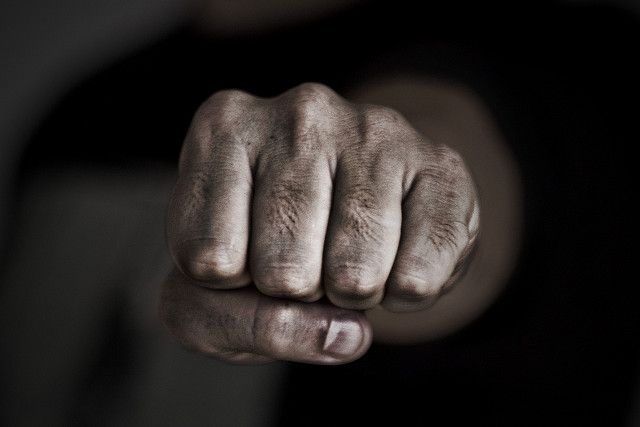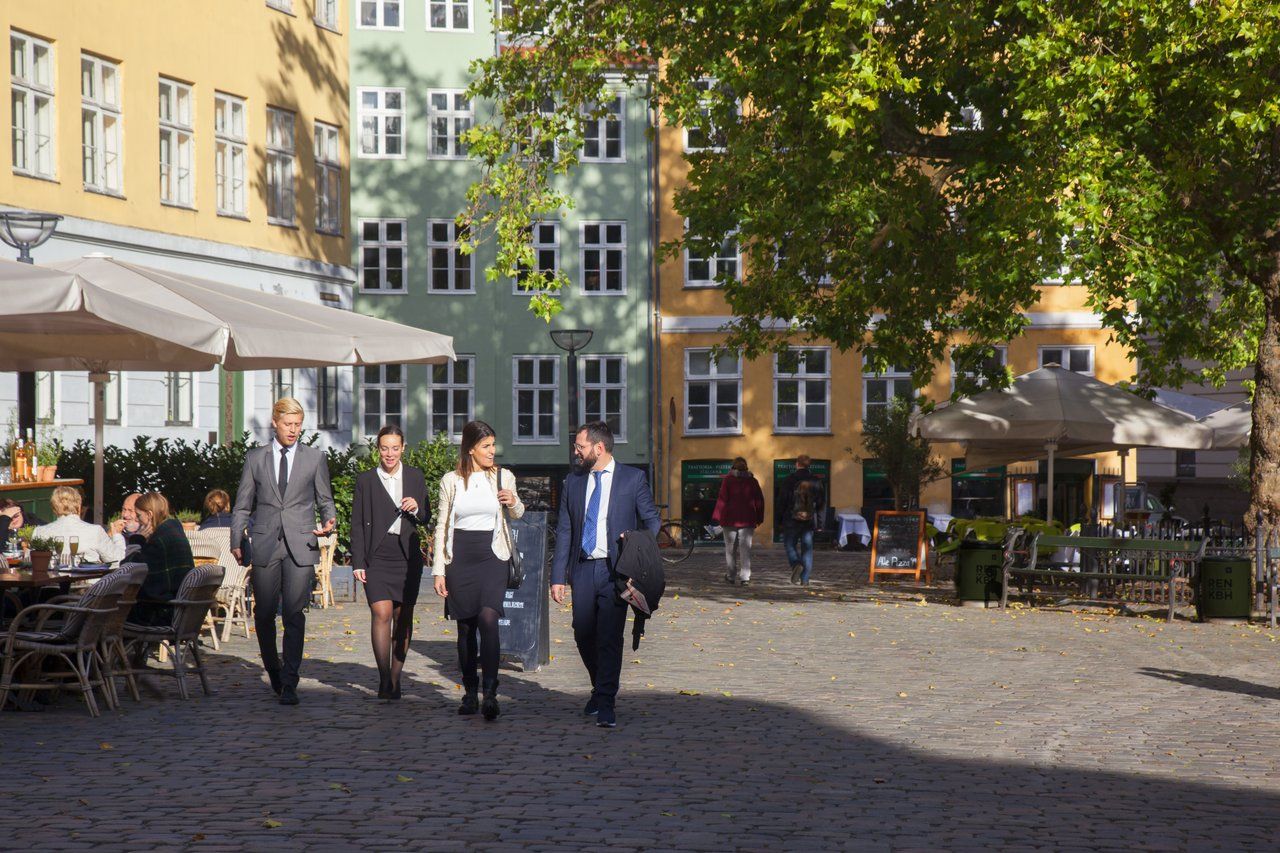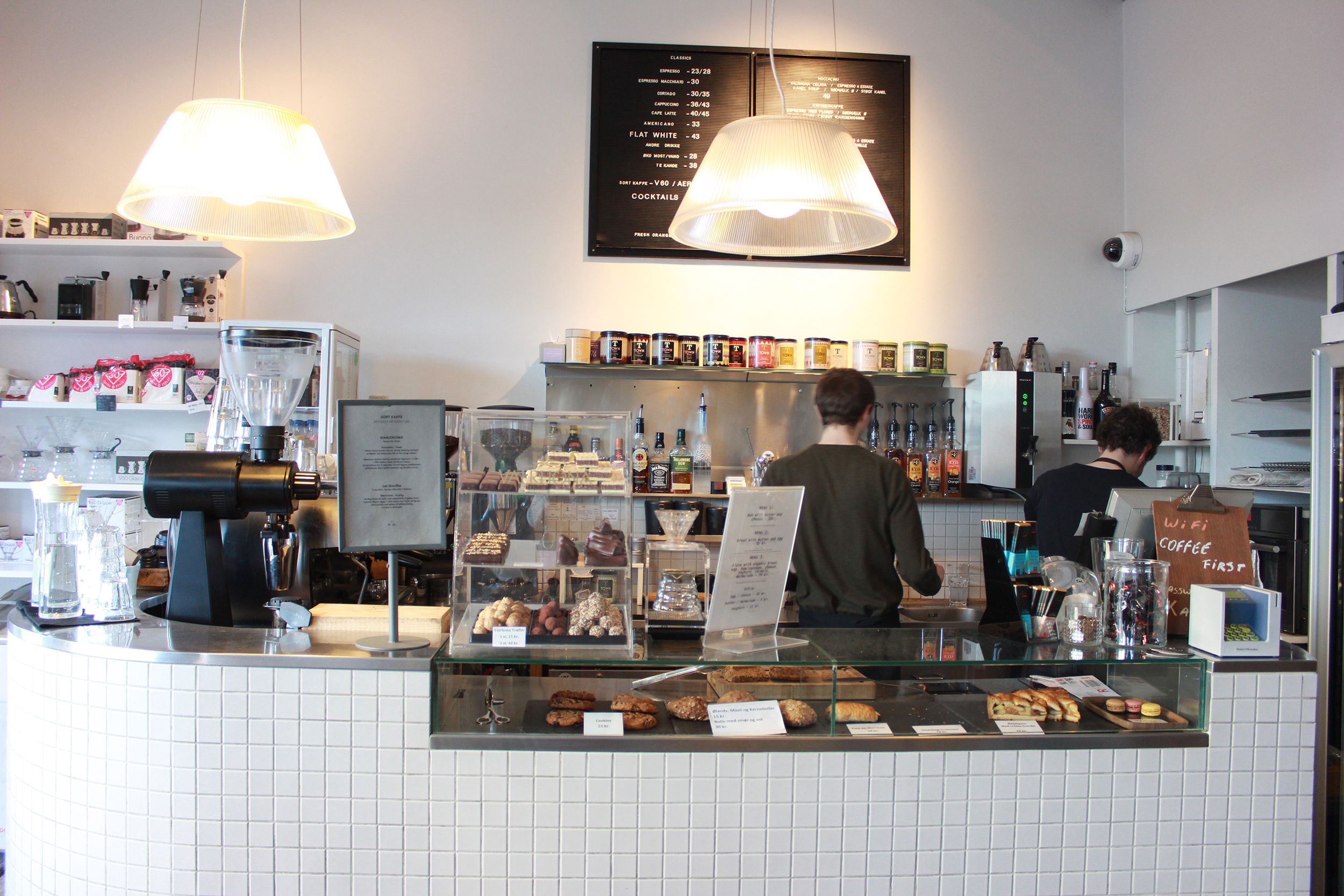The number of violent assaults reported in Denmark has grown significantly in Copenhagen in the last four years, according to figures from Danmarks Statistik.
At a national level, the rises have not been too significant. Some 6,835 cases of assault and 1,236 cases of aggravated assault were reported to the police from January to September 2016 – respective increases of 18 and 5 percent compared to the same period in 2012 when 5,808 assaults and 1,175 aggravated violent attacks were reported.
In Copenhagen, however, the number of assaults rose by 72 percent (from 634 to 1,091 cases), while the number of aggravated assaults went up by 67 percent (from 182 to 304).
READ MORE: Gang-related shootings on the rise in Denmark
More public employees attacked
Rannva Møller Thomsen, an analyst at the Crime Prevention Council, stressed to Politiken that the increase in reported violent assaults does not necessarily mean there is more violence in society. Instead, she contends, more people are reporting the assaults than in the past.
All violent attacks on public employees now must be reported, which was not always the case in the past.
Statistics show that 3,920 cases of work-related violence were reported during the first nine months in 2016 compared to 2,094 four years ago.
In Copenhagen alone, the numbers rose from 286 to 627.
READ MORE: Huge increase in violence against teachers in Denmark
Hospitals report fewer cases
In December, the Crime Prevention Council published a report on violence in Denmark based on records using data from accident and emergency departments.
It revealed there was a 9 percent decrease in the number of violent attacks between 2014 and 2015.
However, even these numbers do not provide an accurate picture of the overall situation in Denmark, according to Thomsen.
Hospitals do not record all cases of violence, and many people do not seek help for minor injuries or are afraid to report their case as an assault.
READ MORE: Danish women often the victims of violence
The most likely victim
According to figures from 2015, men are twice more likely to fall victim to violent crimes than women, most victims are aged 15-49, and nearly half of the attacks take place during the late night hours at the weekends.
Almost every fourth attack was carried out by a stranger and more than every fifth victim registered by A&E was either an immigrant or a second-generation immigrant.














